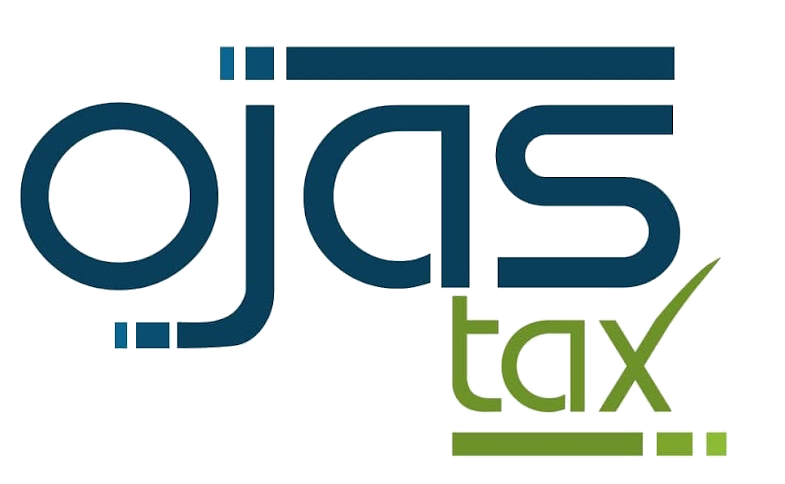
Copyright
Copyright is a foundational legal concept that provides creators with exclusive rights over their original works of authorship, ensuring they can control how their creations are used and enjoyed by others. This protection extends to a wide range of creative expressions, including literary works, artistic works, musical compositions, films, software, and more. The scope of copyright encompasses several key rights: the ability to reproduce the work, distribute copies, perform or display it publicly, and create derivative works based on the original creation.
One of the remarkable aspects of copyright is that protection is automatically granted to creators as soon as their work is fixed in a tangible medium, such as writing, recording, or digital storage. This means that formal registration is not required for copyright to exist, although registering the work with the relevant copyright office can offer additional advantages. For instance, registration provides a public record of the copyright claim, which can be beneficial in legal disputes and is often required to pursue certain legal remedies.
Copyright plays a crucial role in enabling creators to financially benefit from their works. By granting exclusive rights, it ensures that creators can control how their works are used, distributed, and monetized. This financial incentive is vital for encouraging continued creativity and innovation, as it allows creators to earn revenue from their work and invest in new projects. The ability to license or sell their rights also opens up various avenues for income and collaboration.
Moreover, copyright fosters cultural and intellectual growth by incentivizing the creation and dissemination of new works. By protecting their intellectual property, creators are encouraged to share their contributions with the public, enriching cultural and artistic landscapes. At the same time, copyright safeguards against unauthorized exploitation, ensuring that creators’ works are not misused or appropriated without permission. This balance between protection and access helps maintain a vibrant and dynamic cultural environment, where creativity and innovation can flourish.
